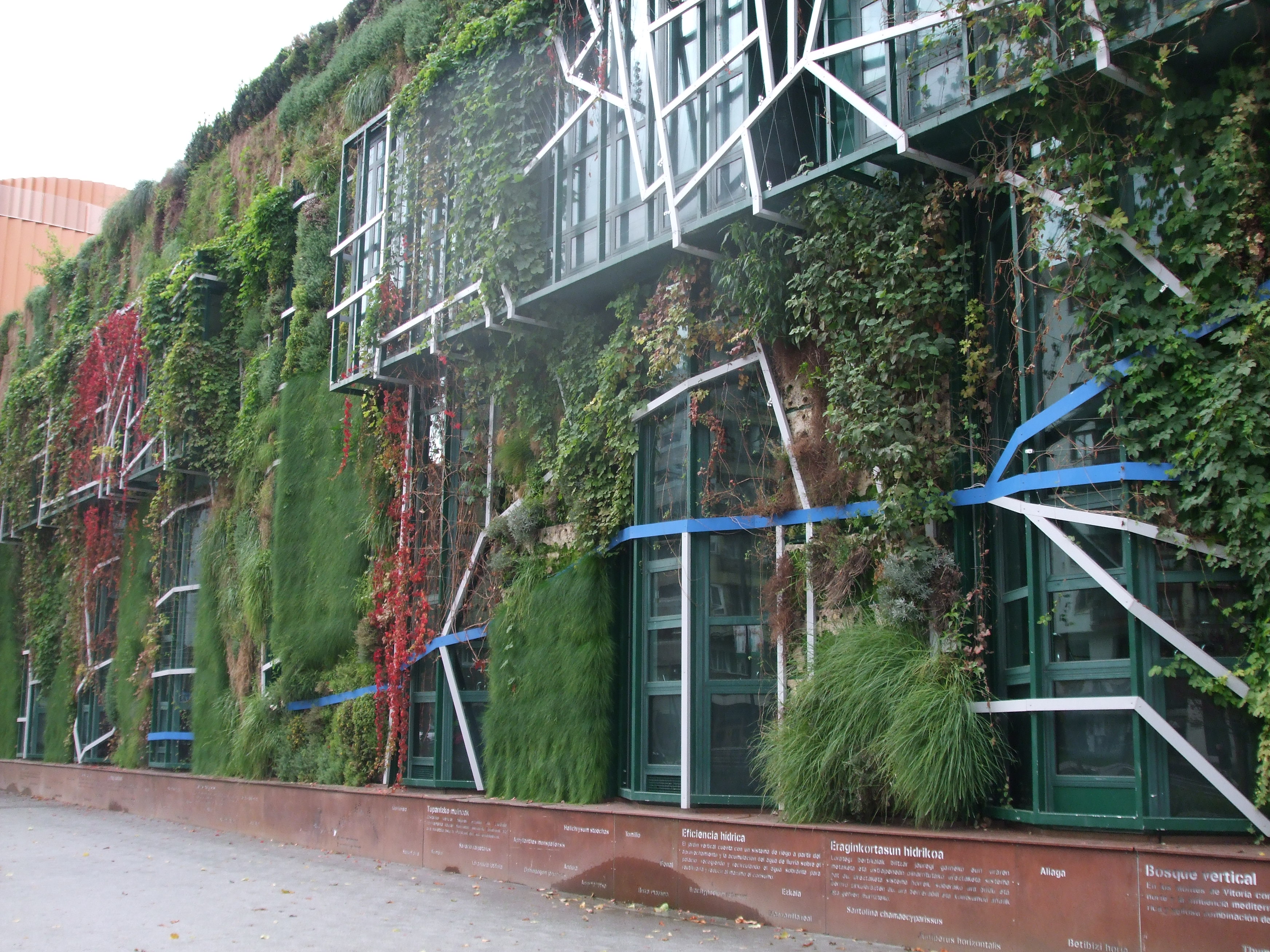Being aware that it is necessary to develop new strategies and intervention projects that transform the city into a space that reconnects with nature and becomes more resilient, the City Council of Vitoria-Gasteiz proposed in 2012 a new line of action based on the application of the green urban infrastructure concept. For this purpose, the City Council developed the Vitoria-Gasteiz Green Urban Infrastructure Strategy. This strategy relates to other municipal plans such as the Biodiversity Conservation Strategy and the Plan to combat and adapt to climate change, which highlights the necessity of creating green spaces to mitigate city’s contribution to climate change, as well as creating green infrastructures to increase city’s resilience and adaptation capacity to climate change.
The Green Urban Infrastructure Strategy is being implemented through various interventions in different parts of the city: the Green Ring (a series of parks and semi-rural areas surrounding the city), the urban parks and the ecological corridors connecting different elements (such as trees along water streams or tree lined streets), vacant plots and even buildings. Interventions are very diverse and in many cases multi-objective, including:
- Transformation of vacant plots into new green spaces;
- Increase of biomass and number of trees and shrubs in parks and gardens.
- Enhancement of habitat functions in existing green areas through interventions that increase urban biodiversity, improve the conservation of native species and improve water management.
- Promotion of ecological agriculture in free and periurban spaces.
- Promotion of green in facades and covers, etc.
Some of the most emblematic interventions that have been already carried out in the framework of the Green Urban Infrastructure Strategy include the urban renovation of the Gasteiz Avenue with eco-design techniques and, related to it, the creation of a green facade in the Congress Palace Europa, located on the same road axis. Refurbishment of the Gasteiz Avenue consisted basically in the construction of a restored river corridor, the plantation of aligned trees along the new channel and the construction of car-free streets. The installation of a vertical garden on the Congress Palace Europa facade made up of native species has contributed to the improvement of the thermal and acoustic insulation of the building, the reduction of air pollution and the enhancement of the aesthetic quality of the environment.
At the same time, interventions have begun in different neighborhoods with the aim of addressing and responding jointly to a series of problems related to urban management. These interventions take place in current vacant and green areas, such as empty plots and parks. A first initiative of naturalization of green spaces and vacant plots has been implemented in Lakuabizkarra neighborhood through the Lakua neighborhood project. This area has been selected as a pilot space to test different interventions in terms of performances in order to be able to replicate them in other areas of the city, such as Zabalgana and Salburua, which have very similar characteristics to Lakua area. With the aim of improving the ecological and environmental functionality of existing green spaces and vacant plots, as well as reducing the costs currently incurred in their management and maintenance, up to now the project has intervened in 50 different spaces through various kinds of naturalization actions. The benefits of these actions are an improved water management system that reduce flood risk, reduction of air pollution, improvement of temperature regulation that reduce heat-island effect, etc.
The “Roots of Tomorrow” project will continue until 2020. Besides, the municipality of Vitoria-Gasteiz has signed an agreement with the Basque Water Agency (URA) to develop various kinds of interventions with the aim of reducing the impacts of flooding events in the city. These projects will be carried out until 2020 and will be funded by the Basque Government.



